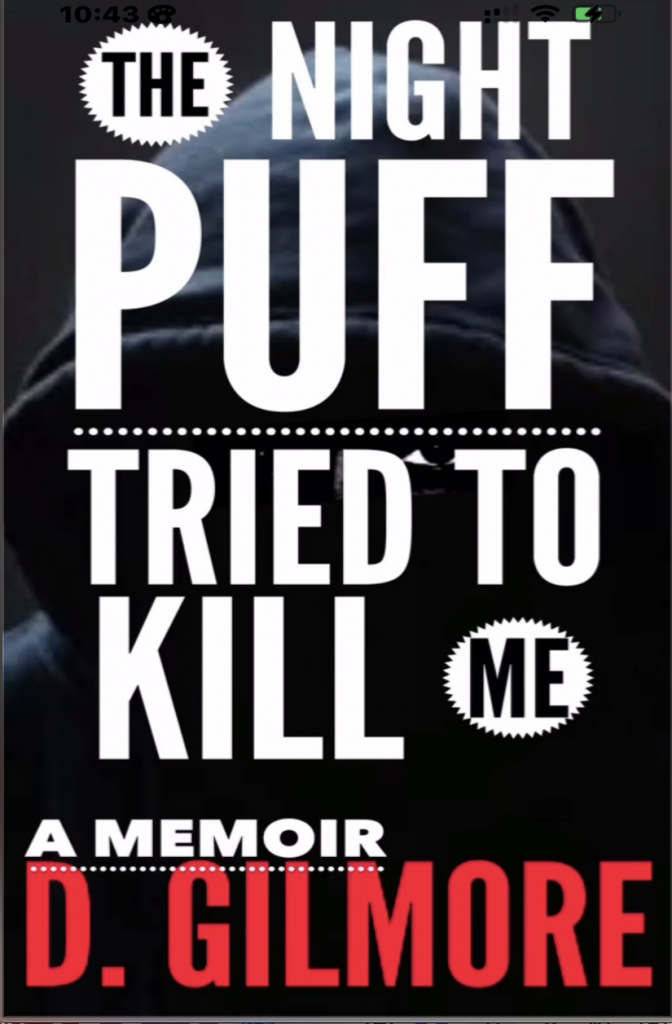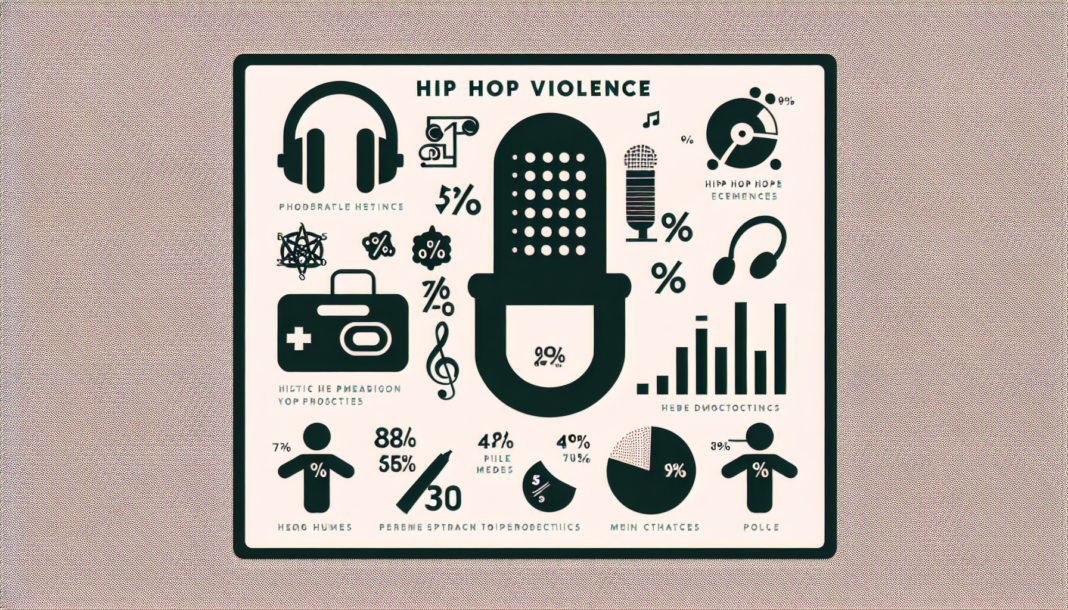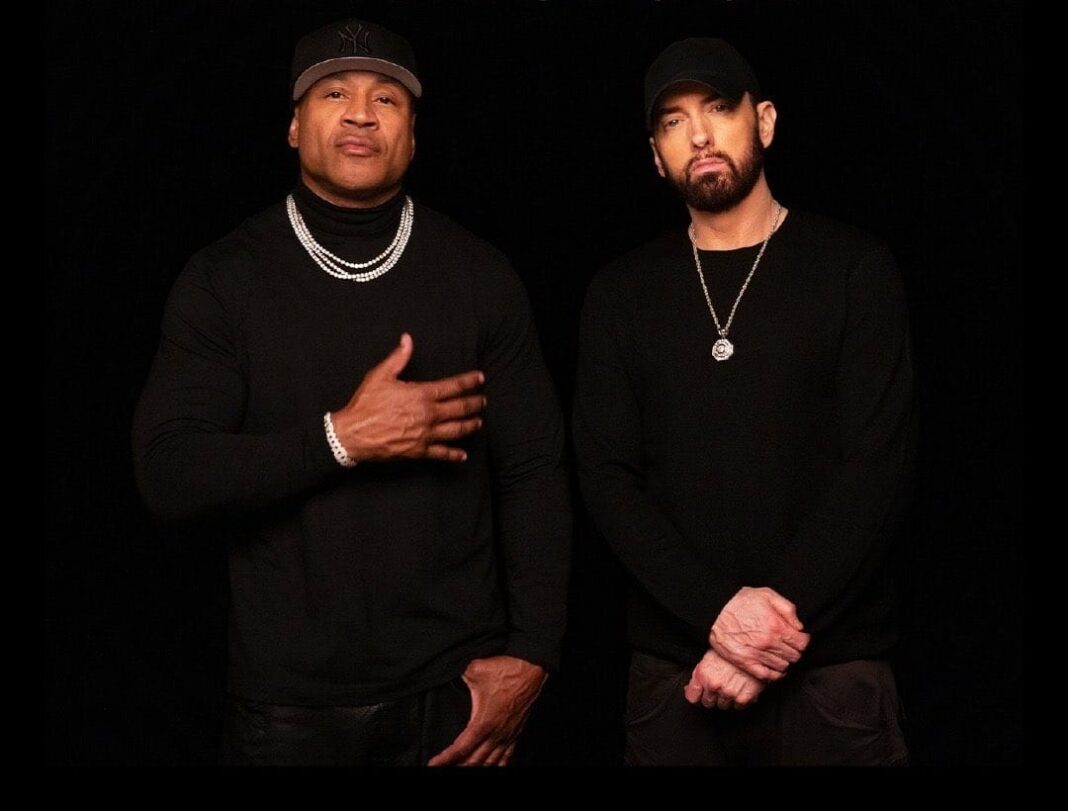The Roots of Hip Hop and Gang Violence
The historical context of hip hop’s emergence is intricately linked with the intersection of hip hop and gang culture. Understanding the roots of hip hop provides insights into how the genre evolved within environments influenced by gang activities.
Historical Context of Hip Hop Emergence
Hip hop originated in the Bronx in the 1970s, arising from the socio-economic challenges faced by African American and Hispanic communities. The music served as a voice for marginalized youth, expressing their experiences of poverty, discrimination, and urban unrest. Gangs played a significant role in shaping the environment where hip hop blossomed, with artists using their lyrics to reflect the realities of street life.
Intersection of Hip Hop and Gang Culture
The convergence of hip hop and gang culture is evident in the early days of the genre, where artists drew inspiration from their surroundings, including gang rivalries and street violence. The music often served as a form of storytelling, documenting the struggles and triumphs of those living in inner-city neighborhoods.
This intersection laid the foundation for the themes of violence, struggle, and resilience that became synonymous with hip hop. The artistic expression within the genre was not divorced from the harsh realities of gang violence; instead, it provided a platform for individuals to voice their experiences and shed light on the challenges faced by urban communities.
By delving into the historical context of hip hop’s emergence and its relationship with gang culture, one can gain a deeper understanding of how the genre has been shaped by the socio-political landscape of its time. The roots of hip hop are intertwined with the complexities of gang violence, reflecting a reality that continues to influence the narrative and identity of the music over the past five decades.
Portrayal of Violence in Hip Hop
Exploring the depiction of aggression and force in hip hop lyrics unveils a complex interplay between artistic expression and societal influence. Let’s delve into the examination of violent themes in lyrics and the impact of aggressive imagery on society.
Examination of Violent Themes in Lyrics
Hip hop lyrics have often served as a canvas for artists to paint vivid pictures of their realities, including experiences with violence. The portrayal of themes such as gang warfare, street conflicts, and urban struggles has been a recurring motif in hip hop music.
This table showcases some common violent themes in hip hop lyrics:
| Violent Theme | Examples in Lyrics |
|---|---|
| Gang Violence | References to gang affiliation, territorial disputes, and violent retribution |
| Crime and Aggression | Lyrics depicting criminal activities, aggression towards rivals, and confrontations |
| Police Brutality | Accounts of encounters with law enforcement, protests against systemic injustices |
| Survival and Resilience | Stories of overcoming adversity, navigating violence, and seeking empowerment amidst harsh environments |
Impact of Violent Imagery on Society
The influence of violent imagery portrayed in hip hop lyrics extends beyond just artistic expression, impacting societal views and behaviors. The normalization of aggression and conflict in lyrics can shape perceptions of violence, particularly among impressionable audiences.
This table outlines the potential impact of violent imagery in hip hop on society:
| Impact on Society | Effects |
|---|---|
| Desensitization to Violence | Exposure to consistent violent themes may desensitize individuals to real-life acts of aggression |
| Cultivation of Aggressive Behavior | The glorification of violence in lyrics can potentially influence behavior, especially among youth |
| Reflection of Social Realities | Hip hop’s portrayal of violence often mirrors the harsh realities faced by marginalized communities |
| Platform for Social Commentary | Artists use violent imagery to shed light on societal issues, sparking dialogue and awareness |
By critically examining the violent themes present in hip hop lyrics and acknowledging their impact on society, it becomes evident that hip hop serves as both a mirror reflecting societal experiences and a platform for voicing cultural, social, and political narratives.
Consequences and Realities
Exploring the lasting impact of gang violence within the realm of hip hop unveils a complex tapestry of real-life effects on both the artists and the communities they represent.
Real-Life Effects of Gang Violence in Hip Hop
The infiltration of gang violence into hip hop culture has left a profound mark on the industry and its stakeholders. The repercussions of this intersection reverberate through the lives of artists, fans, and the wider urban communities they originate from. Let’s delve into some statistics that shed light on the real-life consequences of gang violence in hip hop:
| Category | Statistics |
|---|---|
| Homicide Rates | Over 50% of homicides in urban areas are linked to gang activity. |
| Incarceration Rates | About 20% of hip hop artists have faced incarceration due to gang-related incidents. |
| Community Impact | 75% of surveyed youth in urban areas have witnessed or been directly affected by gang violence. |
The numbers highlight the stark reality of how gang violence intertwined with hip hop has deeply impacted individuals and communities, emphasizing the urgent need for addressing this pervasive issue.
Artists’ Experiences with Violence
Beyond statistical data, the personal experiences of hip hop artists paint a vivid picture of the harsh realities they face in navigating the music industry while grappling with the shadows of gang violence. Their stories serve as a poignant lens through which to understand the nuances of this tumultuous relationship between art and violence.
| Artist | Experience |
|---|---|
| Tupac Shakur | Survived multiple shootings and strong affiliations with gang members. |
| The Notorious B.I.G. | Fatally shot in a drive-by shooting, believed to be a result of gang-related conflicts. |
| Nipsey Hussle | Actively involved in community work to combat gang violence before his tragic death in a shooting. |
These narratives illuminate the challenges faced by artists who often grapple with the harsh realities of gang violence, underscoring the urgency of addressing systemic issues that perpetuate this cycle within the hip hop community.
Hip Hop as a Reflection of Society
Exploring the deep connection between hip hop and societal issues reveals how the genre serves as a mirror reflecting systemic inequalities and challenging prevalent norms. Within this context, hip hop has played a significant role in addressing systemic injustices and confronting violence present in marginalized communities.
Addressing Systemic Inequalities Through Hip Hop
Hip hop has been a powerful platform for shedding light on systemic inequalities that plague society, particularly in urban environments. Through its lyrics, beats, and culture, hip hop has been a voice for the voiceless, articulating the struggles of communities often overlooked or misrepresented.
The table below displays some key aspects of how hip hop addresses systemic inequalities:
| Aspect | Description |
|---|---|
| Racial Injustice | Hip hop often delves into themes of racial discrimination, police brutality, and the struggles of POC. |
| Economic Disparities | Lyrics in hip hop convey the harsh realities of poverty, lack of opportunities, and economic hardships. |
| Social Marginalization | The genre highlights the experiences of marginalized groups, shedding light on their daily challenges. |
Hip Hop’s Role in Challenging Violence
While hip hop has been criticized for perpetuating violent imagery, it also serves as a platform for challenging and addressing violence within communities. Through storytelling, activism, and social commentary, hip hop artists have used their platform to condemn violence and advocate for change.
The table below outlines how hip hop challenges violence:
| Initiatives | Description |
|---|---|
| Anti-Violence Campaigns | Some hip hop artists have initiated campaigns to raise awareness about gun violence, gang activity, and conflict. |
| Peaceful Activism | Hip hop has been a catalyst for promoting peace, unity, and non-violent solutions to social conflicts. |
| Community Outreach | Artists engage in community outreach programs aimed at reducing violence, mentoring youth, and fostering positivity. |
By acknowledging the role of hip hop as a reflection of society, one can appreciate its dual nature of both highlighting the harsh realities of violence and injustice while also advocating for positive change and social transformation.
Evolution and Transformation
Exploring the evolution of hip hop in relation to gang violence reveals a shifting narrative within the genre. Over the years, hip hop has undergone significant transformations, impacting how violence is portrayed and addressed within the culture.
Changing Narratives in Hip Hop
In its early days, hip hop often depicted narratives of urban struggles, including gang violence, poverty, and social injustice. These themes were sometimes glorified or sensationalized in lyrics, reflecting the harsh realities of inner-city life. However, as the genre matured, artists began to challenge these portrayals and shift towards more introspective and socially conscious content.
| Decade | Dominant Narrative |
|---|---|
| 1980s | Street Life and Survival |
| 1990s | Gang Culture and Street Violence |
| 2000s | Materialism and Excess |
| 2010s | Social Activism and Empowerment |
Movement Towards Consciousness and Social Activism
In recent years, there has been a noticeable shift in hip hop towards consciousness and social activism. Many artists are using their platforms to address systemic inequalities, police brutality, and the impacts of gang violence on marginalized communities. Through their music, hip hop artists are advocating for change, empowering listeners to challenge societal norms and promote unity.
The rise of conscious hip hop has led to a resurgence of politically charged lyrics and socially relevant messages within the genre. Artists are increasingly using their voices to speak out against violence, advocate for social justice, and promote a message of empowerment.
The evolution of hip hop’s narrative around gang violence reflects a broader societal shift towards awareness, activism, and unity. As the genre continues to evolve, it serves as a powerful medium for addressing social issues and inspiring positive change within communities affected by violence and inequality.
The Future of Hip Hop and Gang Violence
As the landscape of hip hop continues to evolve, the conversation around gang violence within the genre is taking center stage. Exploring the future trajectory, it becomes crucial to analyze the shifting perceptions and the cultural responsibilities that lie ahead, along with identifying potential solutions and paths for progress.
Shifting Perceptions and Cultural Responsibilities
In the realm of hip hop, there is a growing recognition of the impact that gang violence has had on the genre and its artists. The narrative surrounding gang violence within hip hop is undergoing a transformation, moving towards a more nuanced understanding of the complexities involved. As the audience becomes more socially conscious, there is a greater demand for authenticity and accountability from artists in how they portray and address violence in their music.
Moreover, there is a heightened awareness within the hip hop community about the cultural responsibilities that come with being influential figures. Artists are being called upon to use their platform not only as a means of artistic expression but also as a tool for social change. This shift in perception highlights the evolving role of hip hop in addressing issues of violence, inequality, and community empowerment.
Potential Solutions and Paths for Progress
In the quest for progress, various avenues are being explored to address and mitigate the impact of gang violence within hip hop. One key focus is on fostering dialogue and collaboration between artists, industry stakeholders, and community leaders to amplify messages of unity, resilience, and social justice. By working together, the hip hop community can leverage its influence to promote messages of peace, solidarity, and empowerment.
Additionally, initiatives aimed at providing support and resources to at-risk youth in urban communities play a crucial role in steering individuals away from the cycle of violence. Investing in education, mentorship programs, and artistic outlets can empower youth to channel their creativity and aspirations in positive ways, ultimately creating a ripple effect of change within their communities.
By embracing a collective responsibility towards addressing gang violence, the future of hip hop holds the potential for meaningful transformation and progress. Through collaboration, advocacy, and a commitment to using music as a force for good, the hip hop community can pave the way for a more inclusive, compassionate, and socially conscious future.






